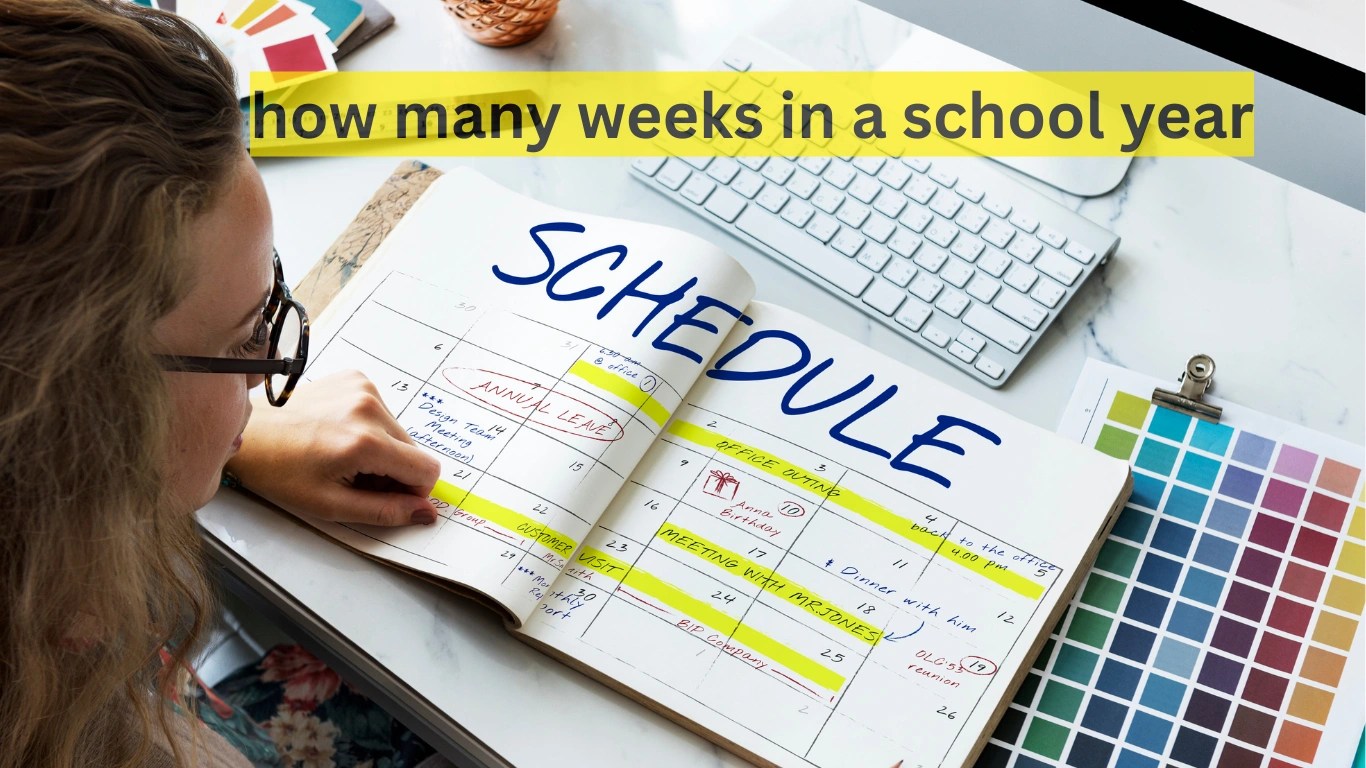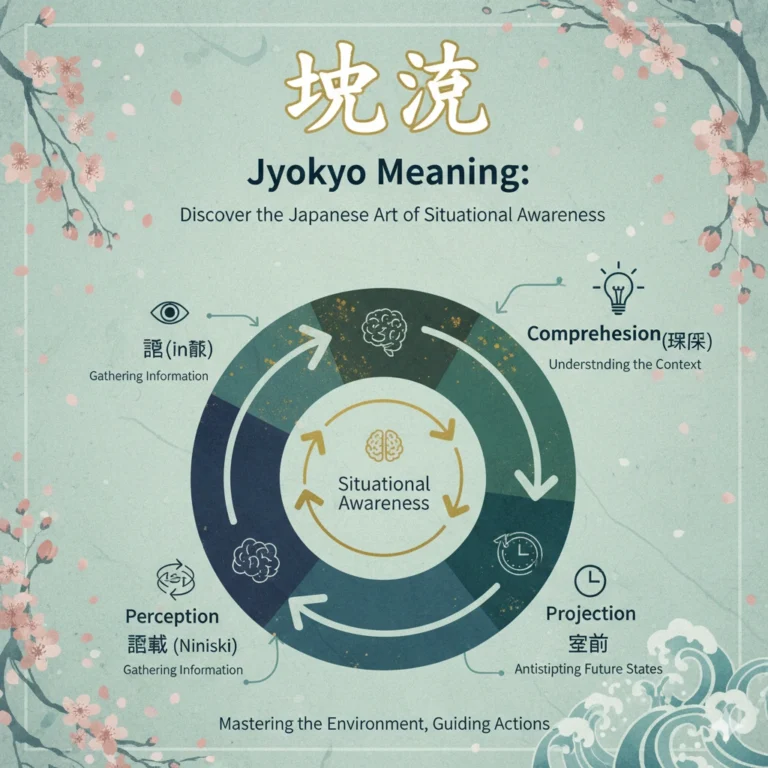How Many Weeks in a School Year: Simple Guide for Students
How many weeks in a school year is a question many parents, students, and teachers ask when planning their academic schedules. While the exact number can vary slightly depending on location and school system, most schools follow a pattern that includes around 36 to 40 instructional weeks. These weeks are spread over a full calendar year, typically beginning in late summer and ending in late spring. Understanding this structure helps families and educators better manage study time, vacations, and other commitments.
What Is a School Year?
A school year refers to the length of time students are required to attend school between summer breaks. In most cases, this academic period starts in late August or early September and ends in May or June. The school year is designed not only to ensure academic learning but also to provide structured time for holidays, professional development days, and breaks.
How Many Weeks in a School Year in the U.S.?
In the United States, public schools usually operate under state laws that require students to attend school for 180 instructional days. Since a typical school week is five days long, this translates to 36 weeks of active learning. However, when you add in non-instructional days, holidays, and seasonal breaks, the school calendar can span around 40 weeks from start to finish.
| Country | Required Instructional Days | Average School Weeks | Calendar Span |
|---|---|---|---|
| United States | 180 | 36–40 weeks | August – June |
| Canada | 180–200 | 36–40 weeks | September – June |
| United Kingdom | 190 | About 39 weeks | September – July |
| Australia | Around 200 | 40 weeks | January – December |
| Japan | Around 210 | 42 weeks | April – March |
This simple breakdown can help families plan their year better. Knowing how many weeks in school year makes organizing vacations, activities, and study goals much easier.
What Affects the Total Number of School Weeks?

Many things affect the number of weeks students are in school. First, holidays and breaks play a big role. Schools usually take breaks for Thanksgiving, winter holidays, and spring break. In total, these breaks can subtract about 4 to 6 weeks from the full calendar year.
Also, teacher in-service days, weather-related closures, and standardized testing days can impact instructional time. Schools may adjust calendars to make up for snow days or emergency closures, which can extend the school year slightly.
Semester and Quarter Systems
Semester and Quarter Systems are two common ways schools divide the academic year. In a semester system, the year is split into two main terms, each lasting about 18 weeks. This structure is widely used in high schools and colleges, giving students a more extended period to focus on a smaller number of classes.
In contrast, the quarter system divides the year into four shorter terms, each around 9 to 10 weeks long. This allows students to take more courses throughout the year but at a faster pace. Despite the difference in structure, both systems typically add up to 36 weeks of instruction, keeping the answer to weeks in school year fairly consistent.
Year-Round School Schedules
Some schools follow a year-round education model. Instead of taking one long summer break, students get several shorter breaks throughout the year. This model still offers about 180 days of instruction, but the time off is spread more evenly.
This type of schedule may run from July to June, and while the number of school days doesn’t change, the overall calendar looks a bit different. Parents like this because children don’t forget as much over a long summer break, and schools use their facilities more effectively.
International Differences in School Year Length
Different countries follow different schedules based on culture, climate, and national policy. In Japan, for example, the school year starts in April and ends in March, with several shorter breaks. Students attend about 210 days of school, which translates to about 42 weeks of school time.
In contrast, many European countries such as Germany or France have shorter school years in terms of instructional days, but they compensate with longer school days. That means even though the total number of How many weeks in a school year might be less, students still meet educational goals through more concentrated learning time.
Why Does It Matter?
Knowing school year weeks matters for many reasons. Parents need this information to plan family vacations, childcare, and extracurricular schedules. Students use it to set goals for study, homework, and projects. Teachers rely on the school calendar to build lesson plans, tests, and assessments.
It also matters for college-bound students. Understanding the academic timeline helps them manage test prep for SATs or ACTs, college applications, and important deadlines.
Does Homeschooling Follow the Same Timeline?
Families who homeschool can often create custom schedules that suit their needs. Even then, most states in the U.S. require homeschoolers to complete at least 180 days of learning. These families may choose to spread this across 36 to 40 weeks, depending on how they organize their lessons.
Some homeschoolers teach year-round, while others stick to the traditional calendar. Either way, they still align closely with the standard number of instructional weeks.
Conclusion:
So, How many weeks in a school year ? In most cases, it’s about 36 to 40 weeks of instructional time, depending on the country, school type, and local rules. While calendar dates may vary, the number of weeks generally stays within that range.
Understanding this number helps parents, teachers, and students stay organized and make the most of their educational experience. Whether planning a family trip, building a study schedule, or setting classroom goals, knowing the academic timeline makes everything easier.
FAQs:
How many weeks are in a typical school year?
Most school years have around 36 to 40 weeks of instruction, depending on the country and school calendar.
Why does the number of school weeks vary?
It varies due to holidays, weather closures, and local education policies.
Do all schools have the same number of weeks?
No. Public, private, and homeschool programs may follow different schedules, but most aim for 180 instructional days.
How long is a school year in the U.S.?
In the U.S., the school year usually runs for 36 weeks, or 180 days, from August to June.
Are breaks included in school weeks?
No. Holidays, spring break, and summer vacation are not part of the instructional school weeks.







